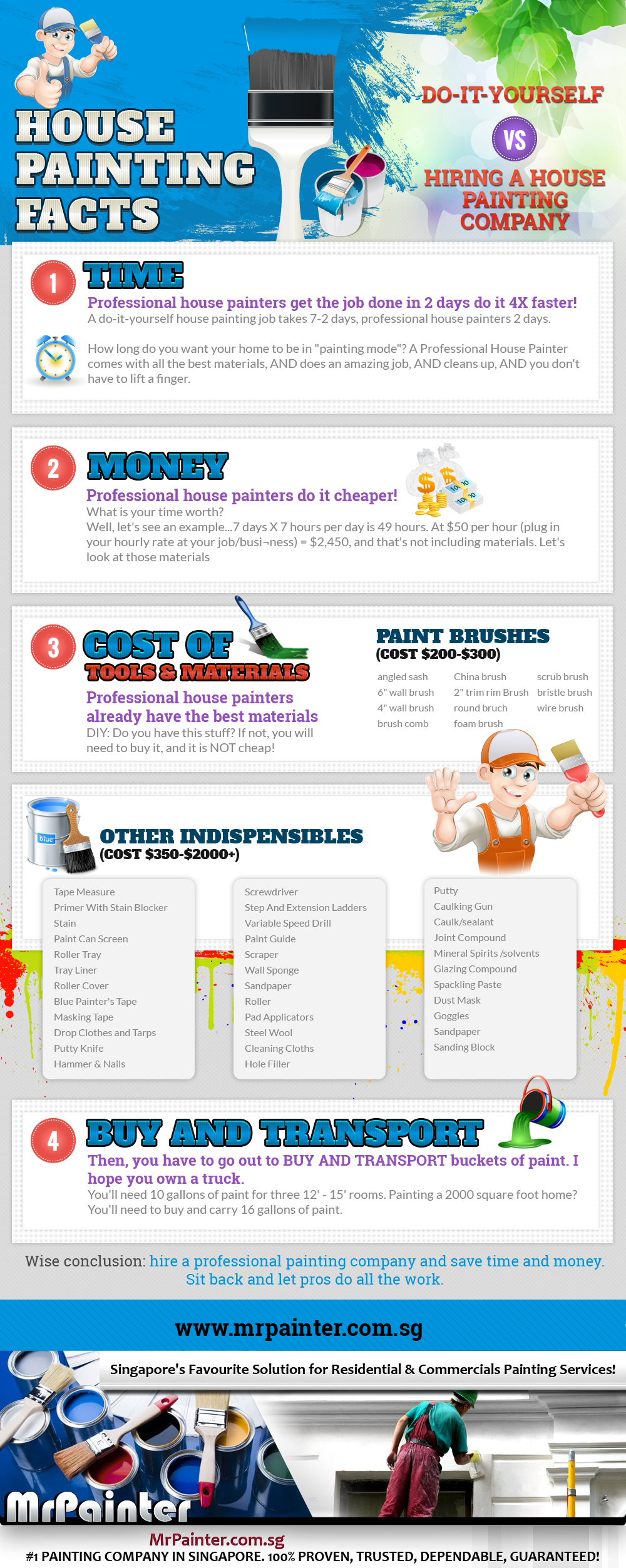Secret Seasonal Considerations For Commercial Outside Paint: What You Required To Be Enlightened Concerning
Secret Seasonal Considerations For Commercial Outside Paint: What You Required To Be Enlightened Concerning
Blog Article
Short Article Written By-McLamb Decker
When you're preparing a commercial external paint project, seasonal elements can make or break your outcomes. You'll want to take into consideration how temperature and moisture effect paint application and drying times. Selecting the right period can guarantee your paint sticks effectively and lasts much longer. But which periods are truly the most effective for this sort of work? Allow's check out the key elements that can influence your project's success.
The Influence of Temperature Level on Paint Application
When you're planning a business external painting project, the temperature can dramatically impact exactly how well the paint sticks and dries out.
Preferably, you want to repaint when temperature levels vary in between 50 ° F and 85 ° F. If it's too cold, the paint may not cure correctly, causing issues like peeling off or fracturing.
On the other hand, if it's too hot, the paint can dry too quickly, protecting against proper adhesion and resulting in an uneven finish.
You should additionally think about the time of day; morning or late afternoon supplies cooler temperatures, which can be more favorable.
Always examine the supplier's referrals for the specific paint you're making use of, as they usually provide advice on the perfect temperature range for optimum results.
Humidity and Its Effect on Drying Times
Temperature level isn't the only ecological element that influences your commercial outside paint project; moisture plays a substantial duty too. High humidity levels can slow down drying out times drastically, influencing the total quality of your paint work.
When the air is saturated with dampness, the paint takes longer to cure, which can lead to concerns like inadequate attachment and a higher risk of mold development. If you're repainting on a specifically moist day, be prepared for extensive wait times in between coats.
It's crucial to keep an eye on local weather and strategy appropriately. Preferably, aim for moisture levels between 40% and 70% for ideal drying.
Keeping these factors in mind ensures your task stays on track and delivers a long-term finish.
Best Seasons for Commercial Exterior Painting Projects
What's the very best time of year for your commercial external paint jobs?
Springtime and early autumn are commonly your best choices. During these seasons, temperature levels are moderate, and moisture levels are commonly reduced, producing perfect conditions for paint application and drying out.
Avoid summer season's intense heat, which can create paint to dry as well quickly, leading to inadequate bond and coating. Similarly, winter months's cool temperatures can impede proper drying out and healing, risking the durability of your paint task.
Go for days with temperatures in between 50 ° F and 85 ° F for optimum outcomes. painters minnesota in mind to inspect the local weather forecast for rainfall, as damp conditions can wreck your job.
Planning around these aspects guarantees your painting project runs smoothly and lasts longer.
Conclusion
To conclude, planning your business external painting tasks around seasonal considerations can make a substantial distinction in the outcome. By get redirected here throughout the perfect temperature levels and humidity levels, you'll guarantee better adhesion and drying times. Bear in mind to watch on neighborhood weather prediction and select the right time of year-- spring and very early autumn are your best choices. Taking these actions will assist you attain a sturdy and professional coating that lasts.
